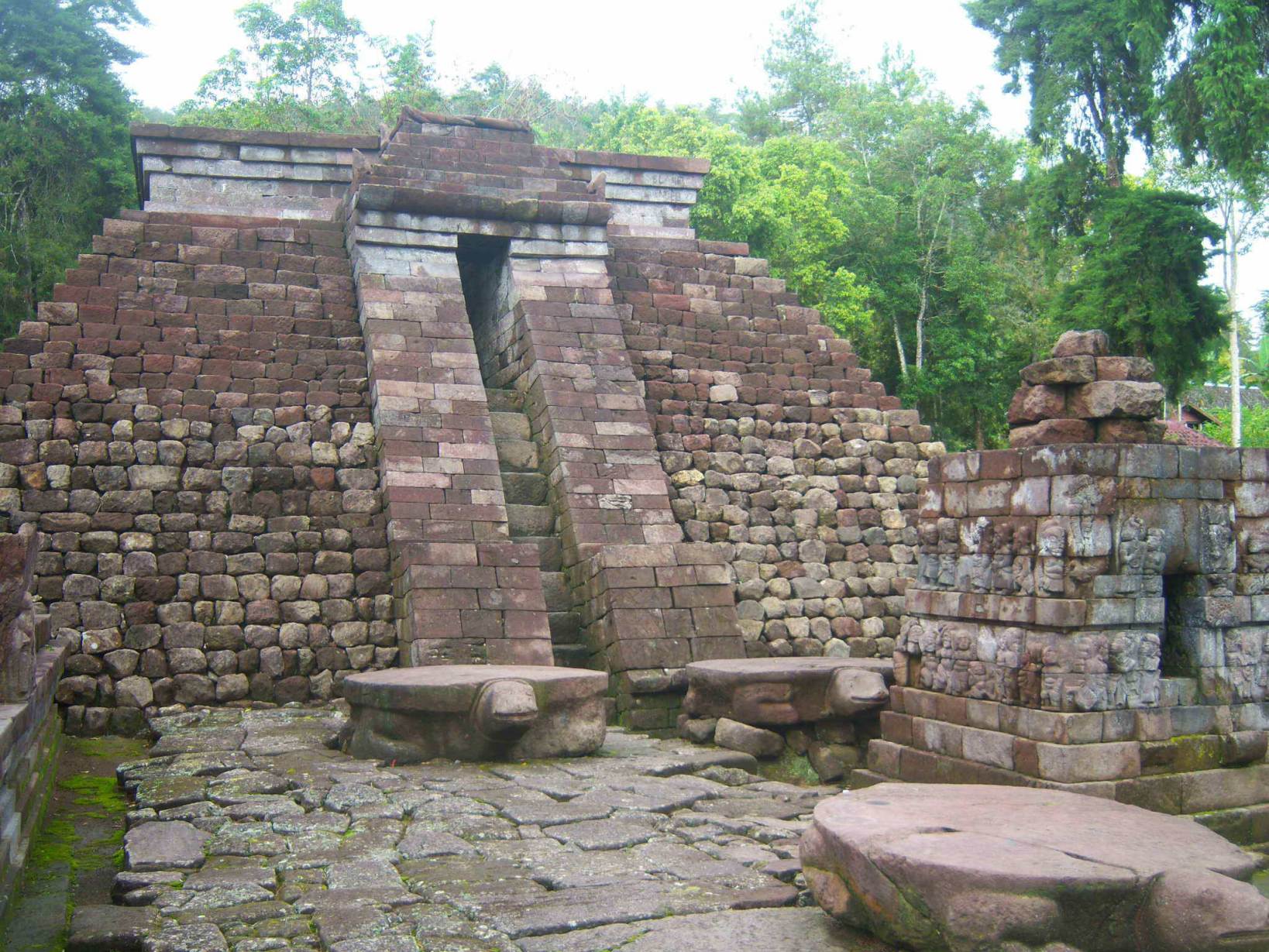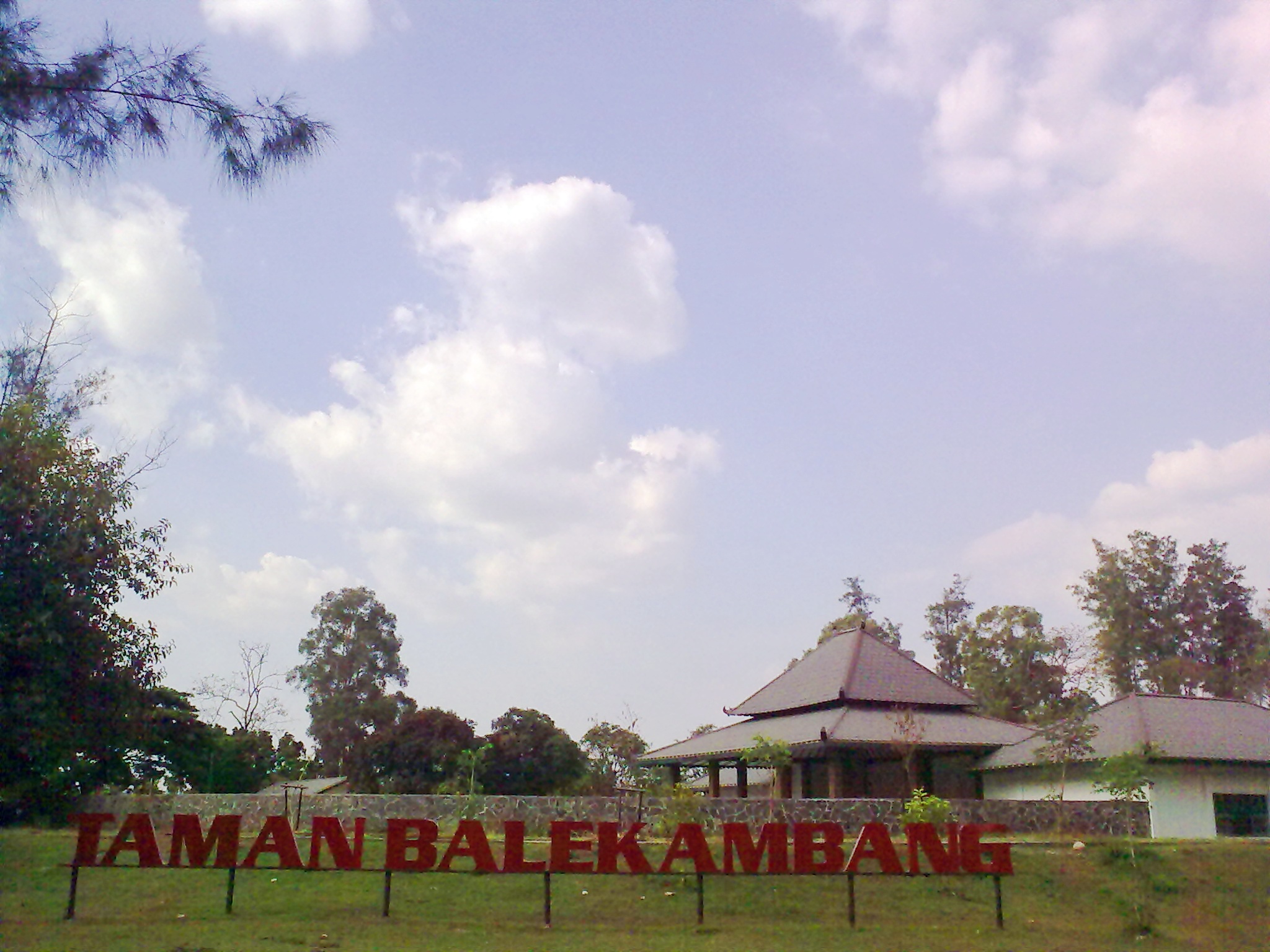Keraton Kasunanan Surakarta
Founded by Pakoe Boewono II in 1745 to replace the old palace in Kartasura which about 12 km from Surakarta(Solo) to the west. Inside this palace there is an exotic art gallery and museum with exciting heirlooms of the kingdom, ancient weapon, also antique matters. You only need to spend IDR 8,000 if you are domestic tourists and 2,000 more or IDR 10,000 if you are foreigners. The Keraton opens daily from 09.00 until 14.00. Do not visit after 13.00 on Friday, Saturday and Monday.
Kampoeng Batik Kauman
Kauman is an old kampoeng - village - that has distinguished art and culture like batik, hadarah and gamelan - Javanese traditional music instrument. Structured by Javanese traditional architecture (joglo) and Dutch-style houses that are mixed together in some parts; Kauman has come to be one of unique tourist destination in Solo.
Triwindu Antique Market (Windujenar)
The market is located in front of Mangkunegaran Palace. In this market, you can find antiquities such as keris, stone, statues, bronze statues, fossils, hanging lamps, etc. Interested to buy some? Then don't be afraid to bargain.
Cetho Temple
Cetho temple lies among a large tea plantation of Mount Lawu not far from Sukuh temple area. This temple was founded by Van de Vlis in 1842. In 1928, some researches conducted by Dinas Purbakala to find out the suitable material for the temple reservation. Based on the research of Van Der Vlis and A.J. Bernet Kempers, Cetho temple consists of fourteen terraces. But nowadays, there are only thirteen terraces from West side to East side. The structure of this temple is made higher to from West to East with the highest part as the most sacred place. Each terrace is linked by a gate and path which divide the terrace into right and left side. There are some statues from ancient time can be found in this temple area. Besides, this temple also has reliefs which describe the story of Cuddhamala as same as reliefs in Sukuh temple and also reliefs of animals such as lizard, turtle, elephant, and so on. This temple is established around 1373 Saka or 1451 AD. Based on the inscription, reliefs and statues, the complex of Cetho temple is estimated built in 15th century. This temple has close distance from Sukuh temple, Tawangmangu and Sarangan which can be accessed by private vehicles. But make sure your vehicle in a good condition since it is located on the top of the hill. Cheap ticket for the great historical view, IDR 3,000 for domestic tourists and IDR 10,000 for foreigners.
Sukuh Temple

Sukuh is situated 910 metres above sea-level; the site comprises three terraces, which in former times were approached from the plains by means of a long, stone stairway. The main building, located on the topmost terrace, takes the form of a flat topped pyramid, about six metres high. Narrow steps lead up through the building to the upper level, where religious ceremonies were performed. The complex is entered from the western end of the lowest terrace via a small stone pavilion. The floor of the narrow entrance passage is decorated with the realistic image of a lingga / yoni, carved in relief. This symbol, as well as many others to be found within the temple site, appears to be connected with ancient fertility rites and ancestral cults. The strange imagery at Candi Sukuh has often been compared with that of ancient Mexico, or even Egypt! Yet, despite the curious style, the contents of the reliefs and sculptured forms are unmistakably Hindu-Javanese. The emphasis lies on mystical themes dealing with the process of deliverance, or 'liberation' of the soul. Thus we find the story of the Sudamala, the 'deliverance of Durga', as well as that of Garuda freeing his mother from enslavement by serpents. These stories of Indian origin, into which the Javanese wayang heroes make their entrance, became especially popular towards the end of the Majapahit period. Dated inscriptions discovered at Candi Sukuh range from between A.D. 1416 and 1456. The entrance fee is as cheap as Cetho temple.
Pura Mangkunegaran
Located in the heart of the town, Pura Mangkunegaran was built by Raden Mas Said, known as Pangeran Sambernyawa, march 13th, 1757. The Mangkunegaran Palace has invaluable collections. Most of them were from Majapahit Era (1293-1478), and Mataram Era (1586-1755). If you are interested to visit in weekdays, please come between 09.00 - 12.00. On Sunday, it opens one hour longer longer than on weekdays, at 09.00 - 13.00.
Kampoeng Batik Laweyan
Laweyan was known as the center of batik industry at the era of Pajang Empire in 1546. As a cultural pledge, a lot of historical sites can be explored. It is just like dating back to the past centuries explroring the glorious past of Laweyan village as ancient architectures stood still. Pictures time guys.....!
Pasar Klewer (Klewer Market)
The biggest and busiest textile market, Pasar Klewer, is a must-visit for budget shopaholic. This traditional market is always crowded by visitors at the day - open hours is from 8 a.m. to 4 p.m. The ability to bargain is required to get a good deal. Various kinds of Batik in all forms and for all ages are available. Shopping time guys...!
Kemuning Tea Plantation
Located 30 kms Eastward from Solo city center, this tea plantation lies on the hilly cool area on the slope of Mount Lawu within the territory of Karanganyar district. This area can be reached by both car and motorcycle for about 30 minutes from Solo. Visitors can witness the natural view of green plantation, feel the fresh cool air as well as enjoy the view of Lawu mountain in one hand and Solo city from above.
Balekambang City Park

Built in 1921 by KGPAA Mangkunegoro VII, this shady city's park has been a place for holding events, gathering, relaxing or simply spending spare times. Benches are put at all areas of the park for you to have a relaxing time. Cultural events such as Kethoprak, wayang orang and art performances are often held in particulars occassions. If you like adventure, the park provides you space for outbound. Deers walk around the park without any fear to people visiting the park. Dare to interact with reptiles? come to the reptiles park. One more thing, no need to pay the entrance fee.
Wirun Village

Wirun village is located in Mojolaban, Sukoharjo, 1 km southeast away from Solo. It is not an ordinary village. What makes it special then? Wirun is a tourism village of which the poeple are known as gong makers. Gong is a Javanese percussion instrument as a complement to Gamelan, Javanese musical ensemble. You might see also they make other crafts, such as keris (Javanese dagger), wooden batik, paper puppet, etc which most of them are exported to foreign countries. As tourists, you will be welcome by local performance like ketoprak and karawitan, once you enter the village. What are you waiting for? Come visit Wirun village.

.jpg)